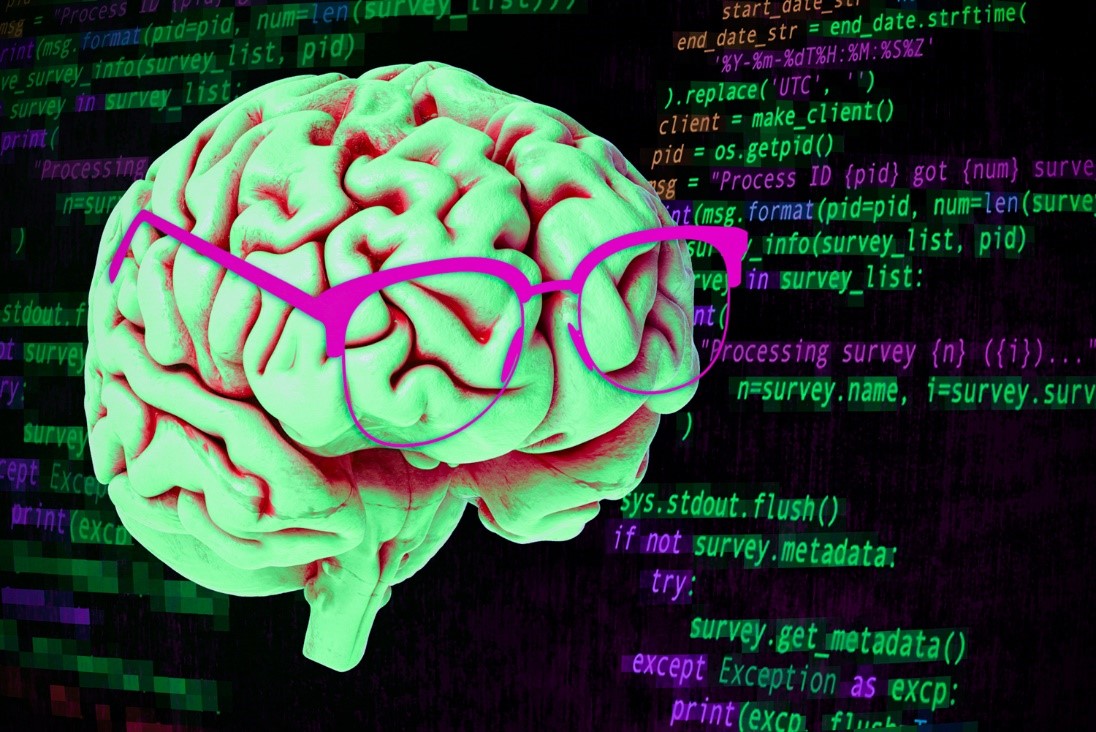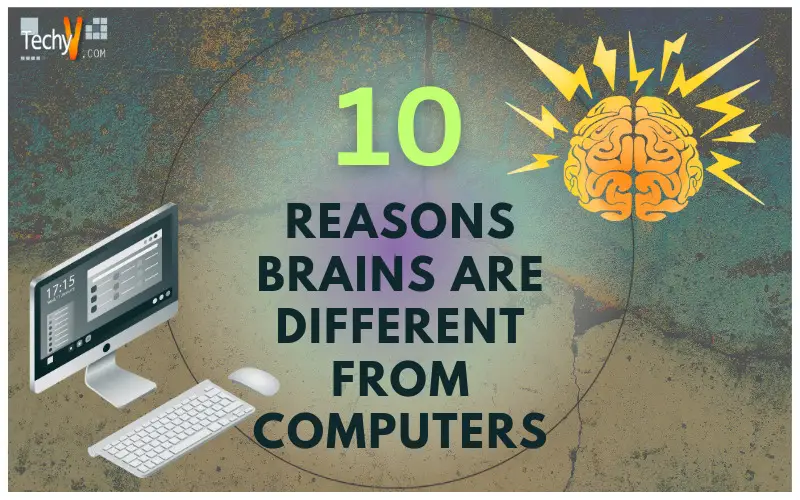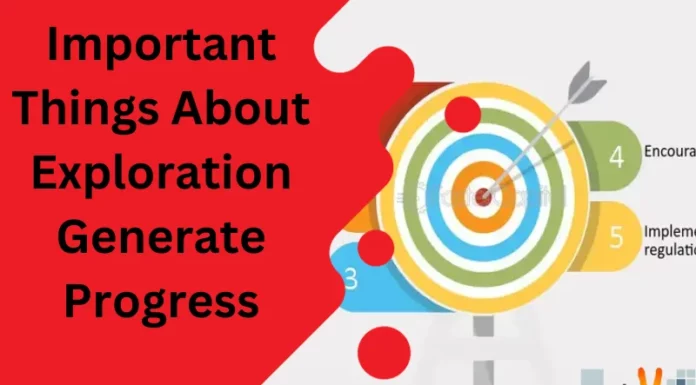The brain has been connected to various inventions throughout history. Computers are the preferred modern invention to which the brain is connected. Some individuals use this comparison to argue that the computer is superior to the brain, while others claim that it demonstrates the superiority of the brain over the computer. It might be preferable to say that the computer is better at some tasks and the brain is better at others. Humans can easily adjust to new situations and learn new skills without issues, but computers are superior at working simultaneously. The human brain can learn from blunders and mistakes. The ability of computers to understand what computer programmers want to feed them at research centers using various engines, such as voice recognition systems and visual recognition systems, is increasing as time goes on. That indicates computers are moving closer to a significant revolution.
1. Processing Speed Is Not Static In The Brain; There Is No System Clock
The time it takes for electrochemical signals to travel through axons and dendrites, axonal myelination, the time it takes for neurotransmitters to diffuse across synaptic gaps, variations in synaptic efficacy, and the availability of neurotransmitters at the time are just a few of the constraints on how quickly the brain processes information. Psychometricians refer to this as “processing speed,” although there are individual disparities, this does not reflect a single, unified concept—certainly nothing as tangible as the speed of a microprocessor.
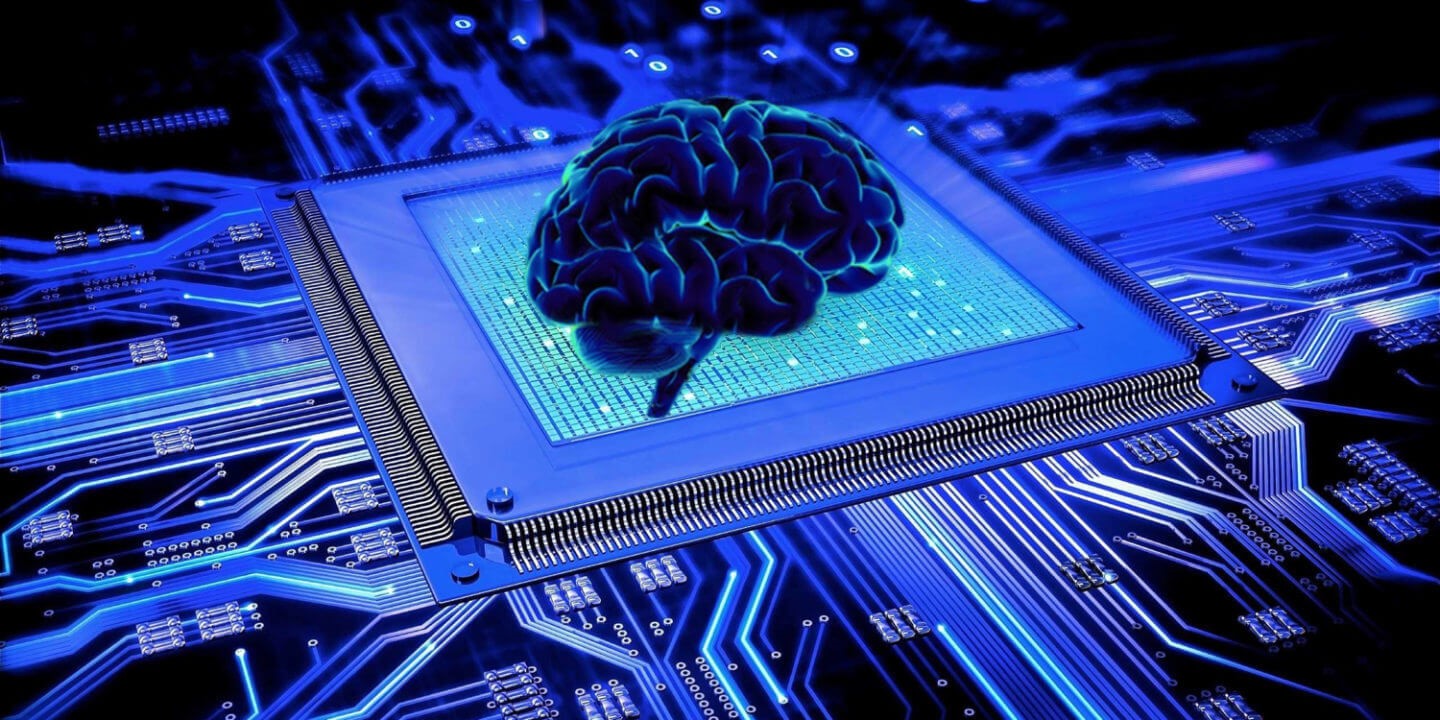
2. Both Transmit Information
A computer uses switches in or out (“binary”). Neurons in the brain are essentially turned on or off by firing an action potential or not firing an action potential. However, because a neuron’s “excitability” constantly shifts, neurons are more than simply on or off. That is because the fact that because a neuron continuously receives data from other cells via synaptic interactions. An action potential is not usually the result of information moving across a synapse. Instead, by raising or reducing the neuron’s threshold, this information modifies that potential will be created.
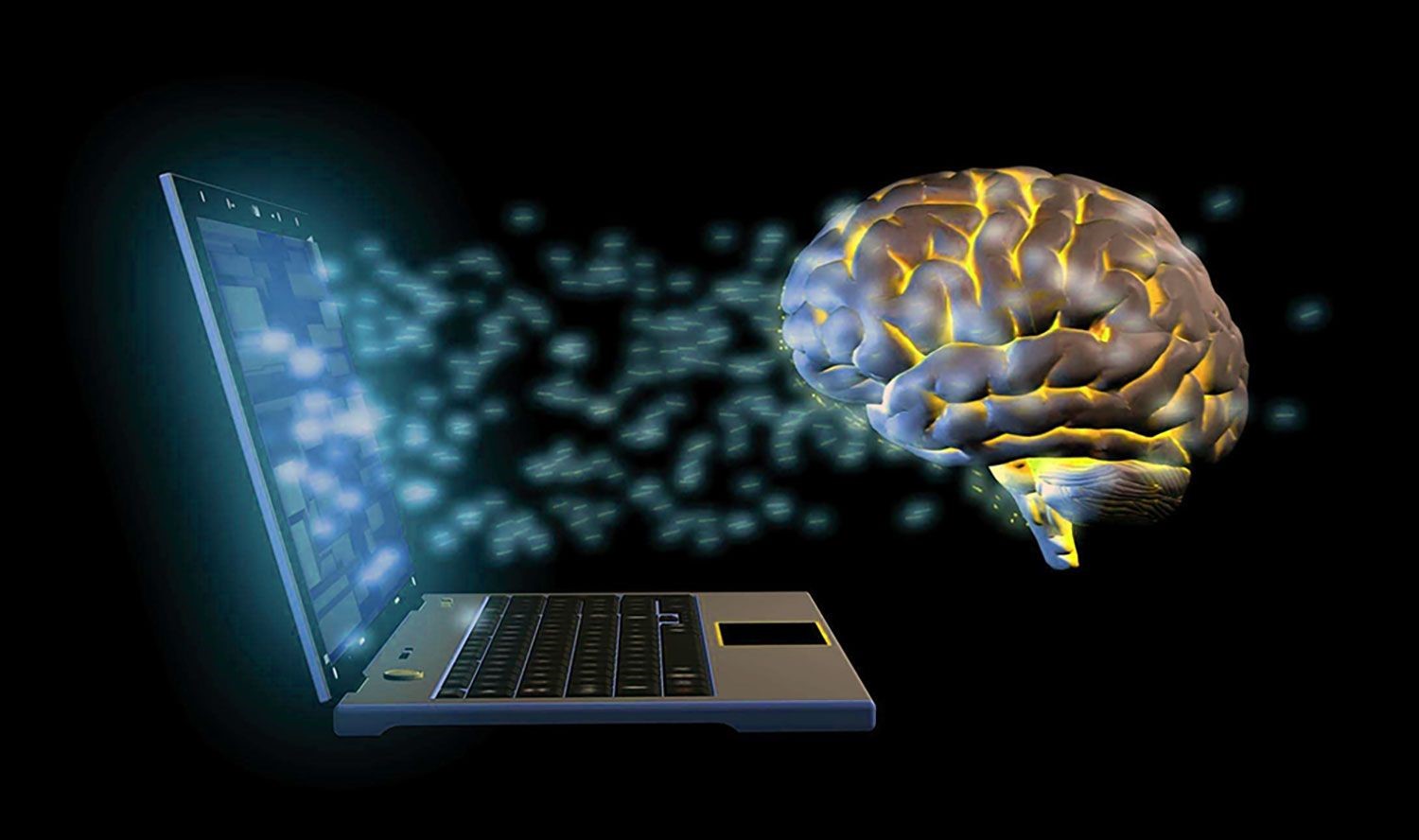
3. Brains Are Analog; Computers Are Digital
Given that action potentials in neurons only happen when they reach a specific threshold and do not otherwise, it is simple to assume that neurons are fundamentally binary. For instance, one of the main mechanisms of information transmission is the rate of neuronal firing, which is a variable. Like neurons, neural networks can fire in a relatively synchronized or largely disorganized manner; this coherence affects the strength of the received signal by neurons downstream.
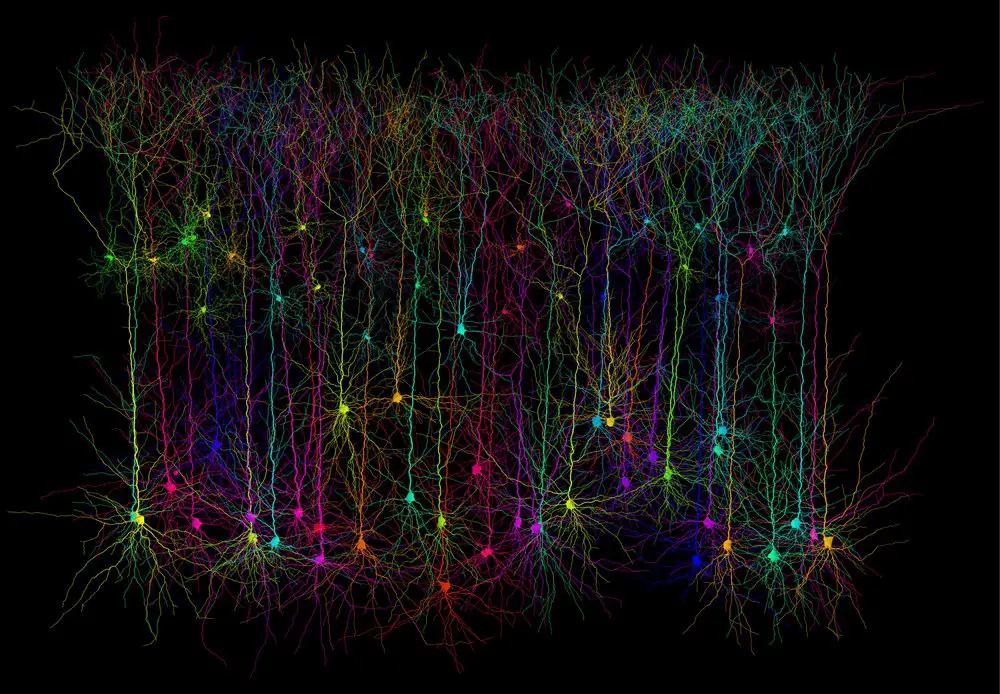
4. The Brain Is A Self-Organizing System
The nature of neural information processing is directly formed by experience in a way impossible with conventional microprocessors. That brings us to the point that follows logically from the previous one. The brain, for example, is a self-repairing circuit called “trauma-induced plasticity, which kicks in after injury. That can lead to exciting changes, such as some that appear to release untapped brainpower (referred to as acquired savantism) and others that can result in significant psychological impairment (Unfortunately, more usual in developmental disorders and traumatic brain injury).
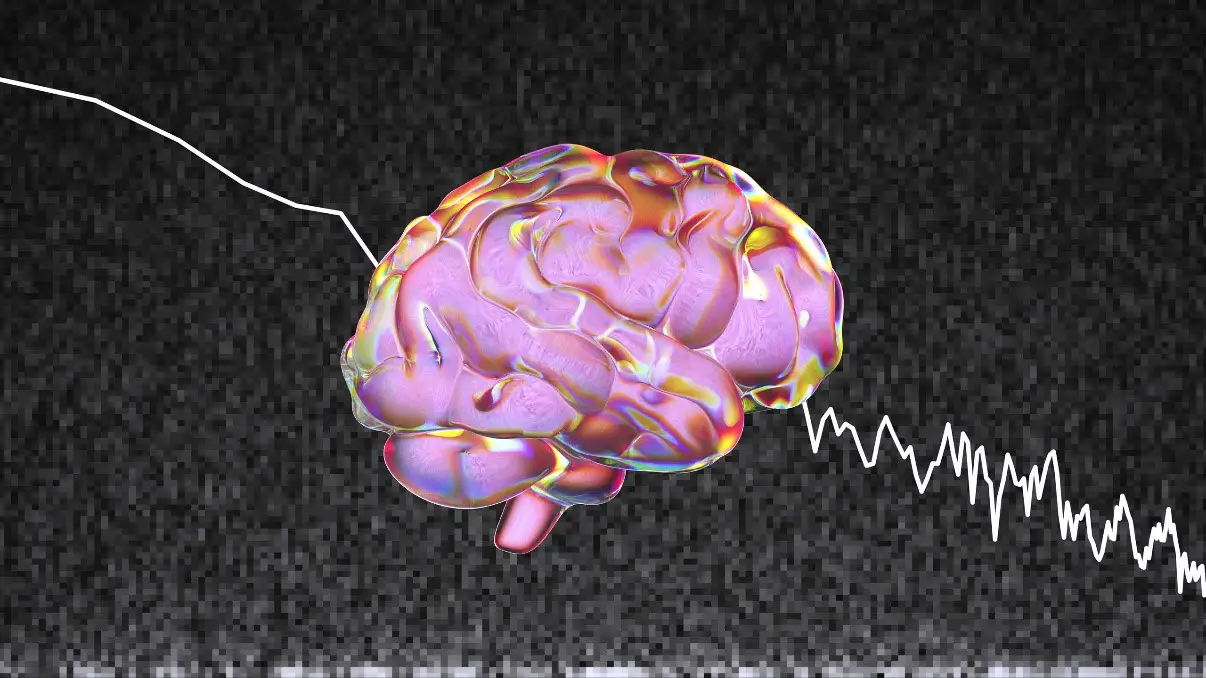
5. Both Can Be Damaged
Buying new parts makes fixing a computer simpler. The brain has no unused or new components. However, research into the transplantation of nerve cells to care for some neurological conditions, such as Parkinson’s disease, is ongoing. A computer and a brain can become ill, a computer can contract a “virus,” and the brain can employ various conditions. In some circumstances, the brain has “built-in backup systems.” There is frequently another pathway in the brain that will take over the function of a damaged path.
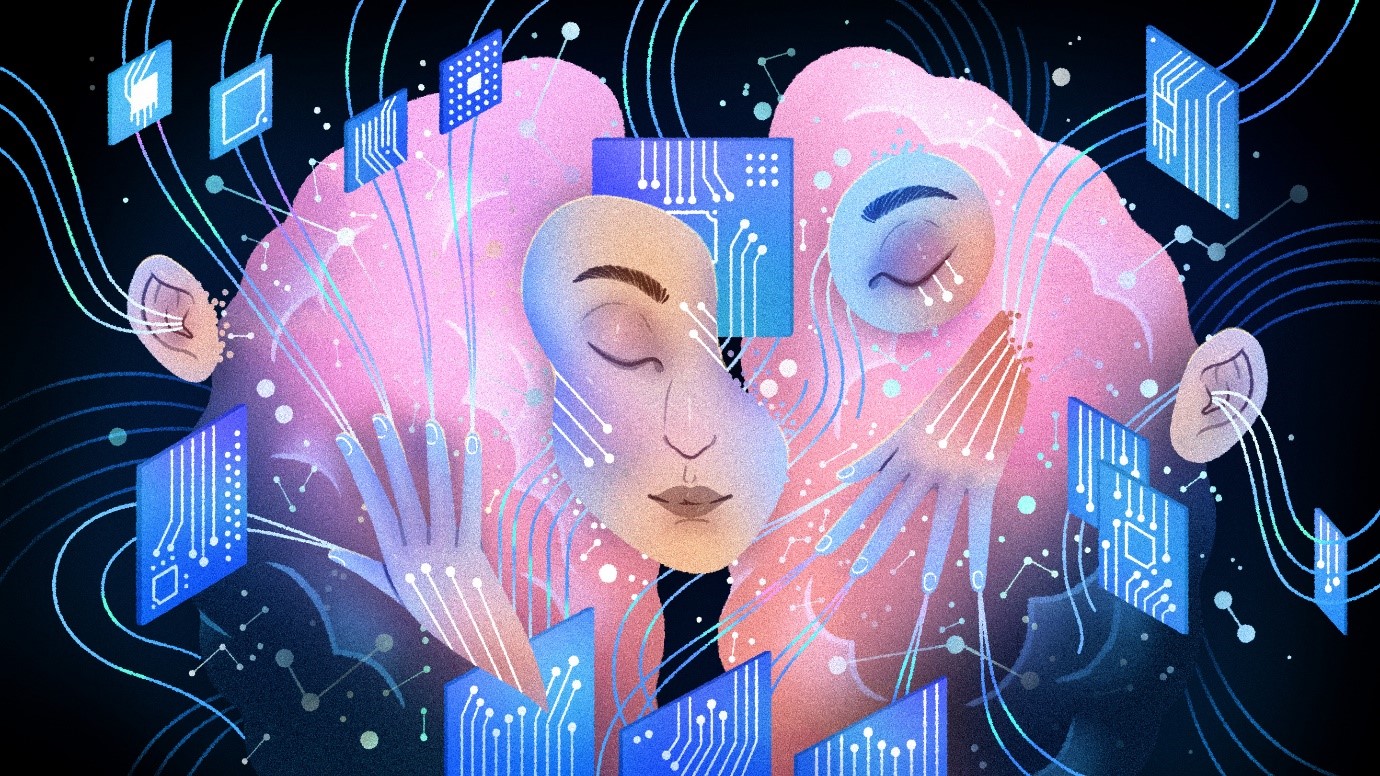
6. No Hardware/Software Distinction Can Concern The Brain Or Mind
Years ago, it was alluring to think that the brain was the computer hardware powering the operation of a “mind program” or “mind software.” Similar to how a Java program can perform the same function as a C++ program, this led to a variety of abstract, program-like models of cognition that ignored the specifics of how the brain carried out those programs. That’s because the mind emerges from the brain. Unfortunately, this appealing hardware/software distinction obscures this crucial fact.
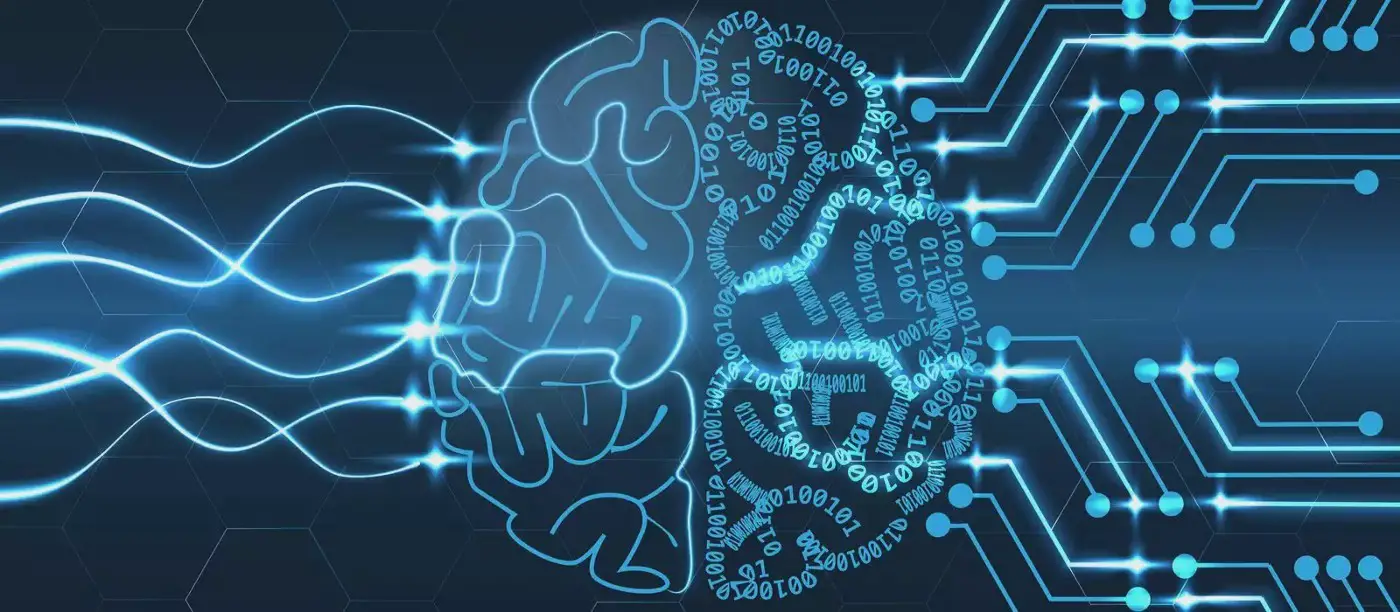
7. Both Can Change And Be Modified
The brain is constantly changing. The brain never goes “off”; even when an animal sleeps, still functioning. The only time the computer changes is when something is saved in the memory or new hardware or software has been added. For a computer, there IS an “off” state. Signals are not sent when a computer’s power is switched off.
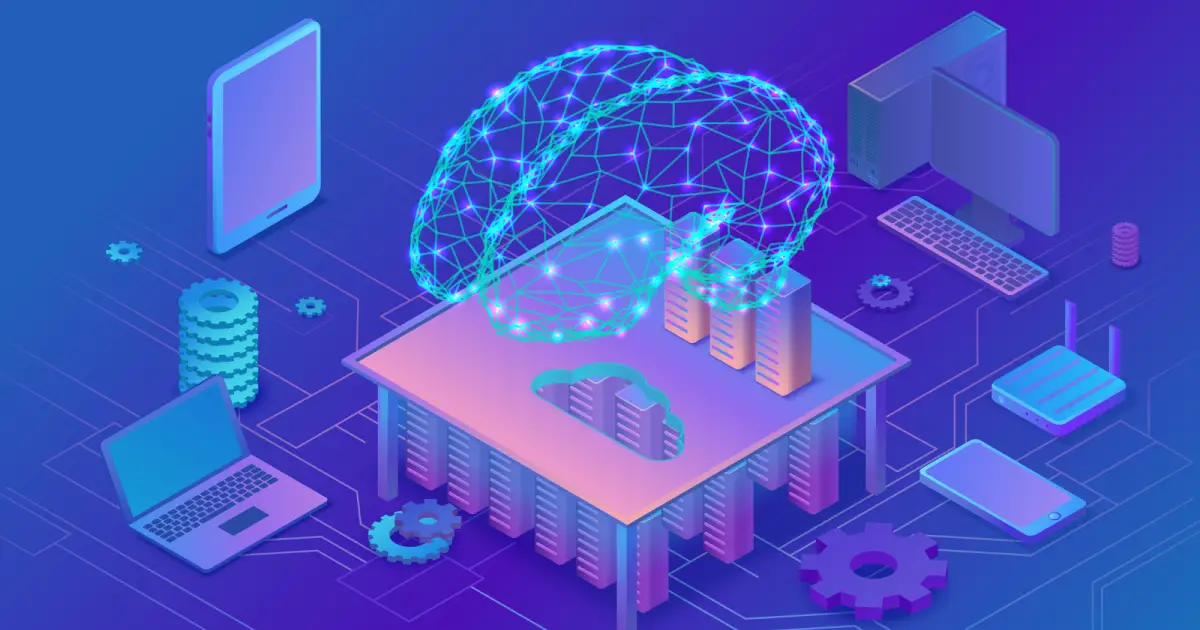
8. Short-Term Memory Is Not Like RAM
Many early cognitive psychologists were encouraged by the apparent similarities between RAM and short-term or “working” memory, but a closer look reveals glaringly significant differences. Short-term memory appears to hold only “pointers” to long-term memory, so although RAM seems to contain data that is isomorphic to that stored on the hard disc, even though the fact that both RAM and short-term memory seem to need energy (continuous neuronal firing for short-term memory, and electricity for RAM).
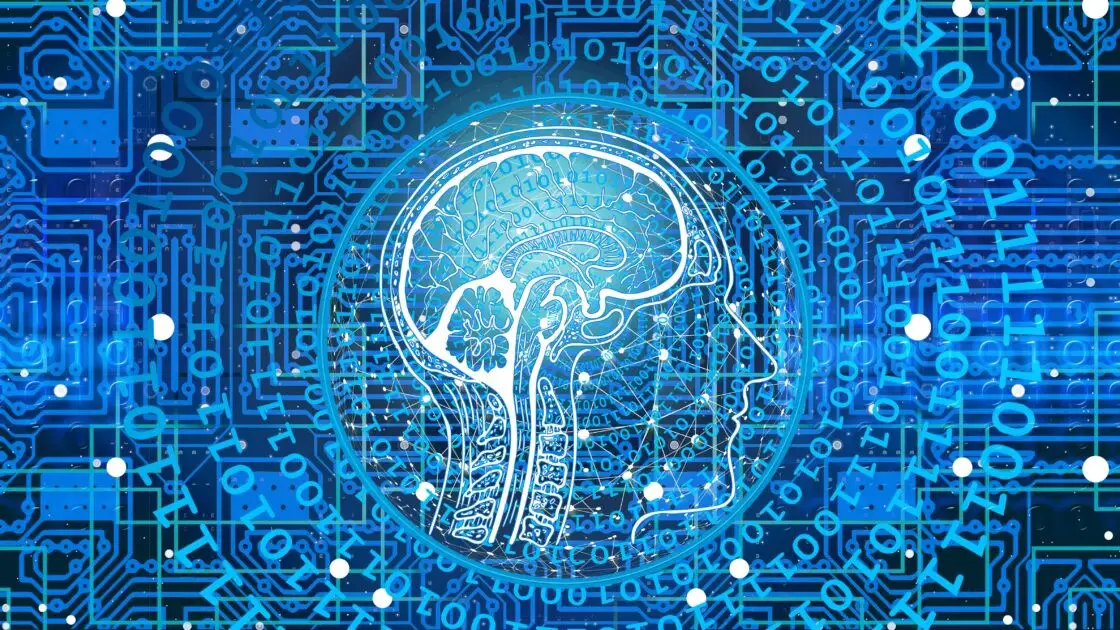
9. Brains Have Bodies
This is more significant than it first appears because it turns out that the brain uses the body in unexpected ways. For instance, despite your intuitive belief that you could close your eyes and still know where objects were around you, several studies of change blindness have revealed that our visual memories are pretty limited. In this situation, the brain is “offloading” its memory demands onto the surroundings. We are just starting to grasp the significance of embodiment in information processing, according to a wide range of evidence from other domains.
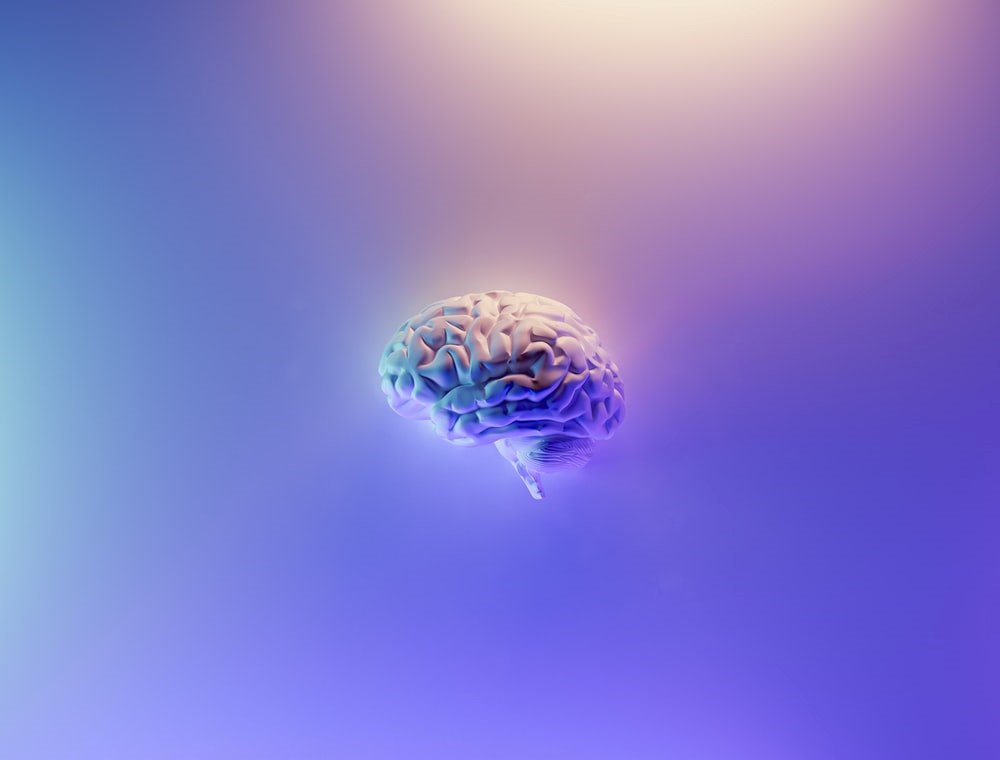
10. Both Can Do The Math And Other Logical Tasks
When performing calculations and logic, the computer is faster. However, the brain is more adept at deciphering the outside world and generating fresh concepts. Imagination is a function of the brain.
